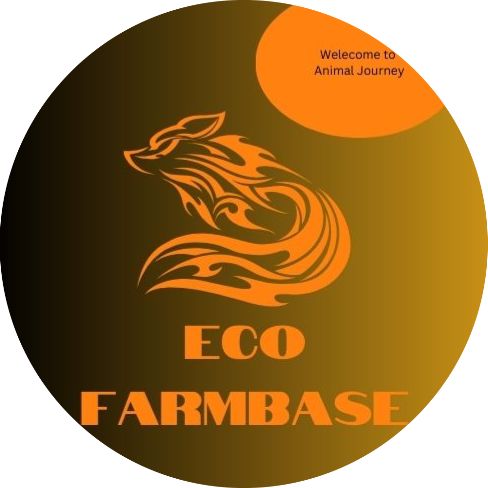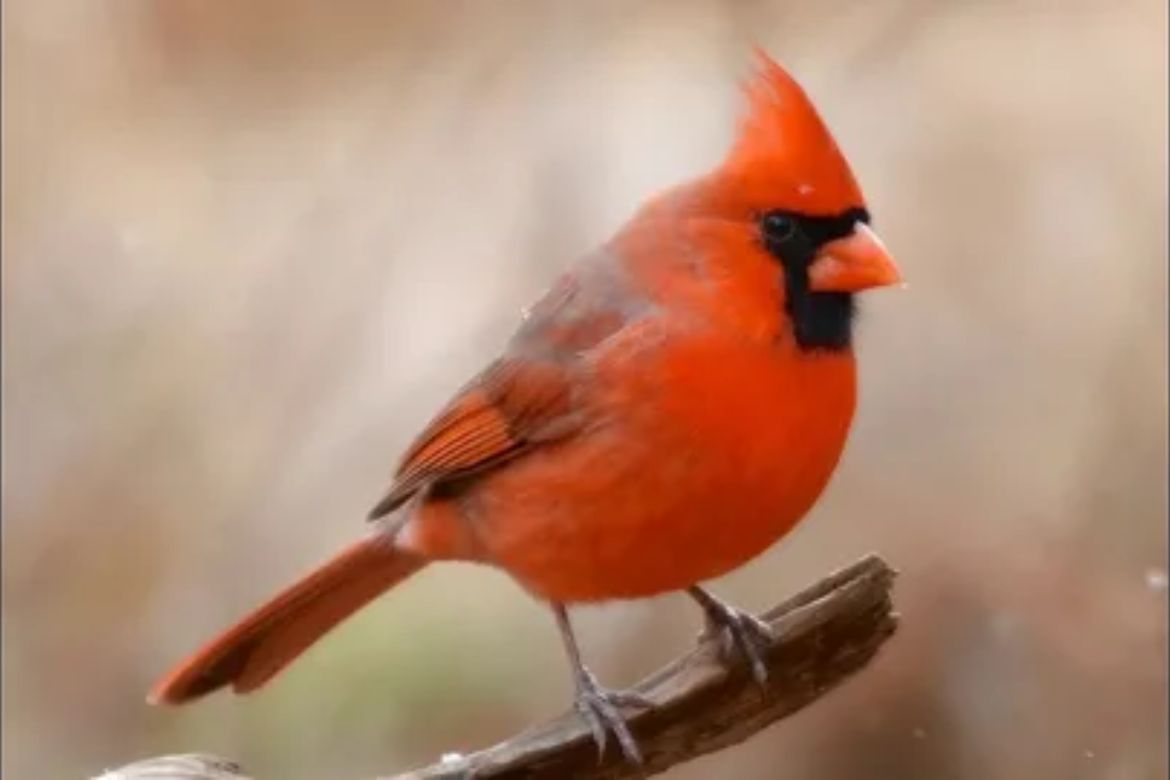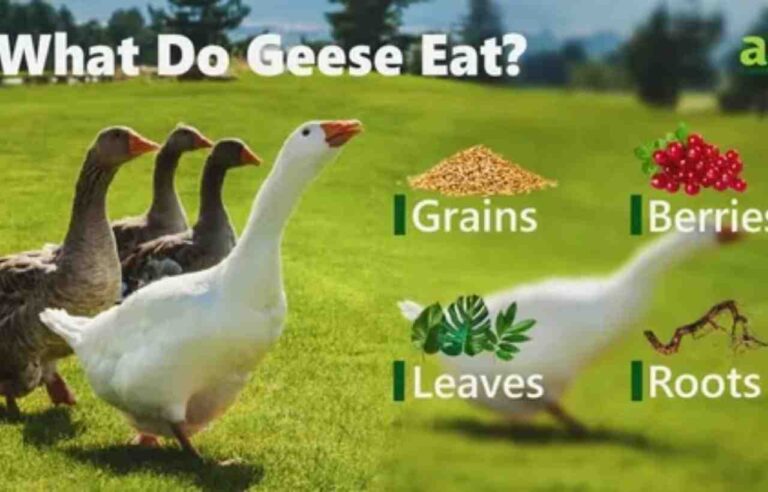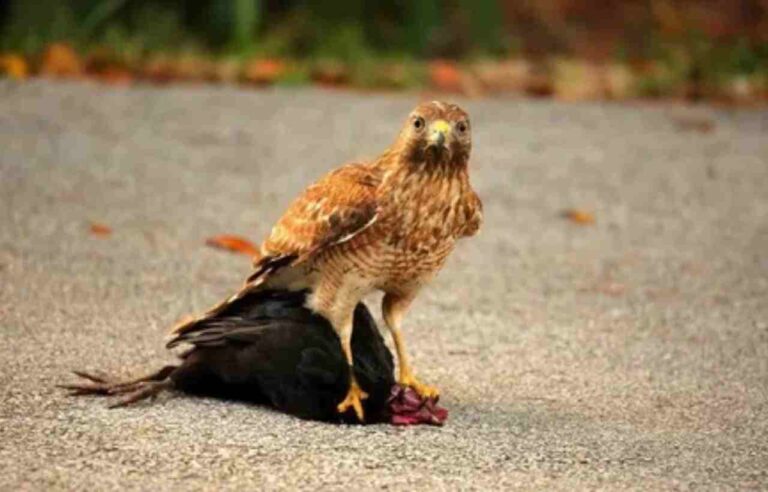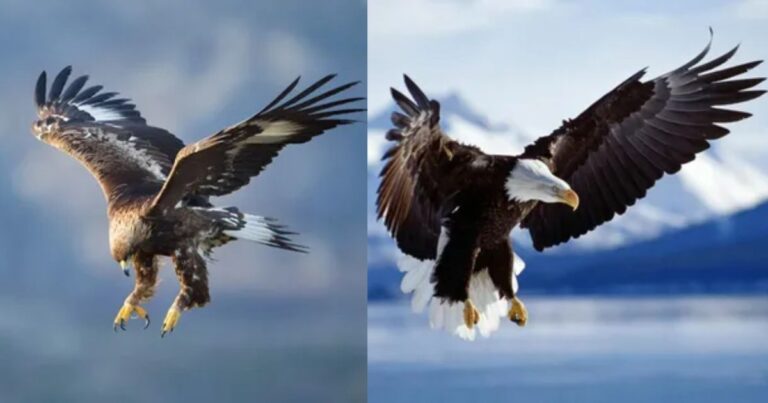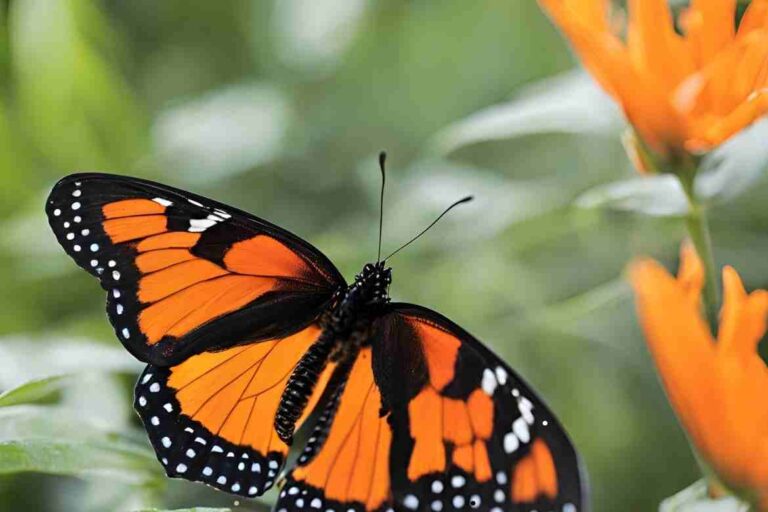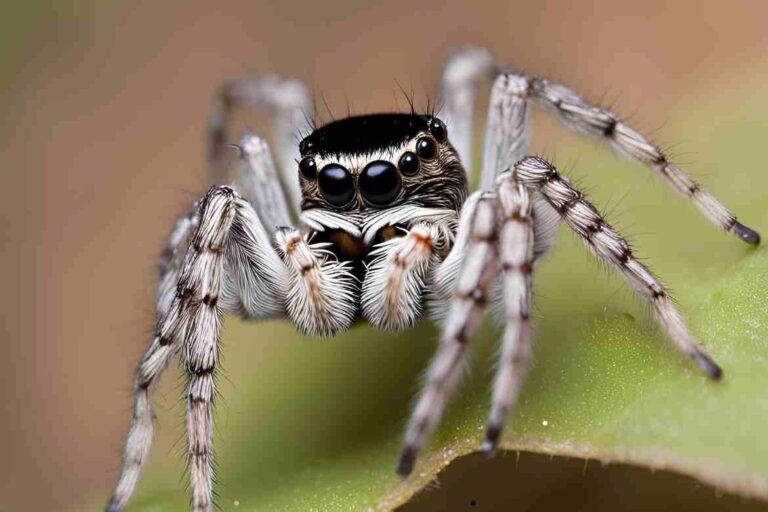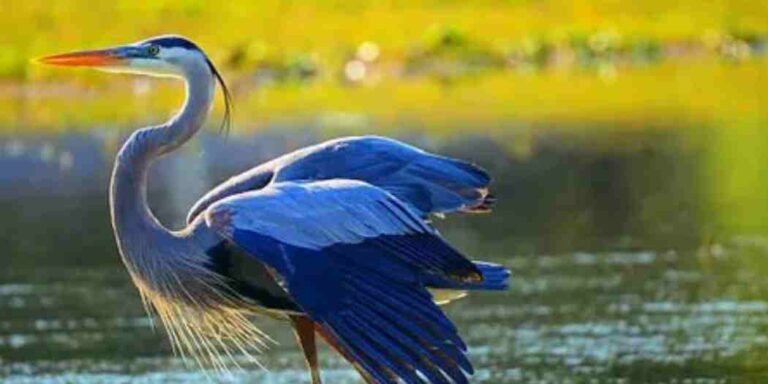indiana birds
Indiana’s diverse ecosystems, including forests, wetlands, grasslands, and urban areas, make it a haven for bird enthusiasts. The state hosts a wide variety of bird species, from year-round residents to seasonal visitors. This article explores the fascinating world of Indiana birds, their habitats, behaviors, and the importance of conservation efforts.
1. Overview of Birds in Indiana

Indiana’s central location and mix of habitats provide a unique environment for over 400 bird species. The state’s rich biodiversity supports both common backyard birds and rare avian species, making it a popular destination for bird watchers.
Key Categories of Birds in Indiana
- Waterfowl: Ducks, geese, and swans.
- Raptors: Hawks, owls, and eagles.
- Songbirds: Sparrows, cardinals, and warblers.
- Shorebirds: Sandpipers and plovers.
2. Common Backyard Birds in Indiana

Indiana’s residential areas are alive with vibrant bird species that are easy to spot and identify. These birds often frequent feeders and gardens.
Northern Cardinal
- Description: The state bird of Indiana, the Northern Cardinal, is known for its bright red plumage (in males) and melodic song.
- Diet: Seeds, fruits, and insects.
- Habitat: Found in wooded areas, gardens, and suburban neighborhoods.
American Robin
- Description: A medium-sized bird with a red-orange chest and dark gray back.
- Diet: Earthworms, berries, and insects.
- Habitat: Lawns, fields, and parks.
Blue Jay
- Description: A striking bird with bright blue plumage and a loud, distinctive call.
- Diet: Nuts, seeds, and insects.
- Habitat: Wooded areas and suburban gardens.
3. Migratory Birds in Indiana
Indiana bird serves as a critical stopover for many migratory birds during their spring and fall journeys. These species often use the state’s wetlands and forests as resting and feeding grounds.
Sandhill Crane
- Description: A large, gray bird with a red crown and long legs.
- Migration: Thousands of Sandhill Cranes pass through the Jasper-Pulaski Fish and Wildlife Area during migration.
Warblers
- Description: Small, colorful songbirds that are often difficult to spot.
- Migration: Warblers, such as the Yellow-rumped Warbler, migrate through Indiana’s forests and parks.
Ruby-throated Hummingbird
- Description: A tiny bird with iridescent green feathers and a ruby-red throat (in males).
- Migration: Arrives in Indiana during the spring and departs in late summer.
4. Water Birds and Wetland Species
Indiana’s rivers, lakes, and wetlands support a variety of water birds, making these areas prime locations for bird watching.
Great Blue Heron
- Description: A tall, graceful bird with a blue-gray body and long neck.
- Diet: Fish, amphibians, and insects.
- Habitat: Found near rivers, lakes, and marshes.
Mallard Duck
- Description: A common duck with a green head (in males) and a white neck ring.
- Diet: Aquatic plants, seeds, and small invertebrates.
- Habitat: Lakes, ponds, and urban waterways.
Bald Eagle
- Description: The iconic national bird of the United States, recognizable by its white head and tail.
- Diet: Fish and carrion.
- Habitat: Found near large bodies of water with abundant fish.
5. Birds of Prey in Indiana
Raptors play an essential role in Indiana’s ecosystems, controlling populations of rodents and other small animals.
Red-tailed Hawk
- Description: A large hawk with a reddish-brown tail and broad wings.
- Diet: Rodents, reptiles, and small birds.
- Habitat: Open fields, forests, and along highways.
Barn Owl
- Description: A medium-sized owl with a heart-shaped face and pale plumage.
- Diet: Primarily small mammals.
- Habitat: Farmlands, grasslands, and old barns.
Peregrine Falcon
- Description: Known for its incredible speed, this falcon has a blue-gray back and barred underparts.
- Diet: Medium-sized birds.
- Habitat: Cliffs and urban areas.
6. Rare and Endangered Birds in Indiana
Conservation efforts in Indiana have helped protect and restore populations of rare and endangered bird species.
Kirtland’s Warbler
- Status: Endangered.
- Habitat: Prefers young jack pine forests.
- Efforts: Habitat restoration and monitoring programs have been implemented to protect this species.
Whooping Crane
- Status: Critically endangered.
- Habitat: Wetlands and marshes.
- Efforts: Reintroduction projects at locations like Goose Pond Fish and Wildlife Area.
7. Bird Watching in Indiana
Indiana offers excellent opportunities for bird watching, with numerous parks, wildlife areas, and nature preserves across the state.
Top Bird-Watching Locations
- Indiana Dunes National Park: A hotspot for migratory birds and diverse species.
- Goose Pond Fish and Wildlife Area: Known for its wetlands and rare bird sightings.
- Eagle Creek Park: Offers a mix of water birds, songbirds, and raptors.
Tips for Bird Watching
- Bring binoculars and a field guide to identify species.
- Visit during early morning or late evening for the best bird activity.
- Respect wildlife and keep a safe distance from birds.
8. Conservation of Birds in Indiana
Protecting Indiana’s bird populations is crucial for maintaining the state’s ecological balance. Birds contribute to pest control, pollination, and seed dispersal.
Threats to Birds
- Habitat Loss: Urbanization and agricultural expansion reduce available habitats.
- Pollution: Pesticides and plastic waste harm bird populations.
- Climate Change: Alters migration patterns and habitats.
Conservation Efforts
- Organizations like the Indiana Audubon Society promote bird conservation and education.
- Citizen science projects, such as bird counts, help monitor bird populations.
- Preservation of natural habitats through state parks and wildlife areas.
9. Fun Facts About Indiana Birds
- The Northern Cardinal, Indiana’s state bird, is one of the most recognized birds in the United States.
- Indiana is part of the Mississippi Flyway, a major migration route for birds.
- Hummingbirds can beat their wings up to 80 times per second.
Conclusion
Indiana’s birdlife is a testament to the state’s rich natural heritage. From the vibrant Northern Cardinal to the majestic Bald Eagle, the birds of Indiana offer endless opportunities for observation and appreciation. Conservation efforts and public awareness are key to ensuring that these avian treasures continue to thrive for generations to come.
- Mexican Red Headed Bird: A Brilliant Avian Wonder - January 16, 2025
- Can Turkeys Eat Bread? - January 15, 2025
- crocodile and plover bird relationship articles for students - January 12, 2025
